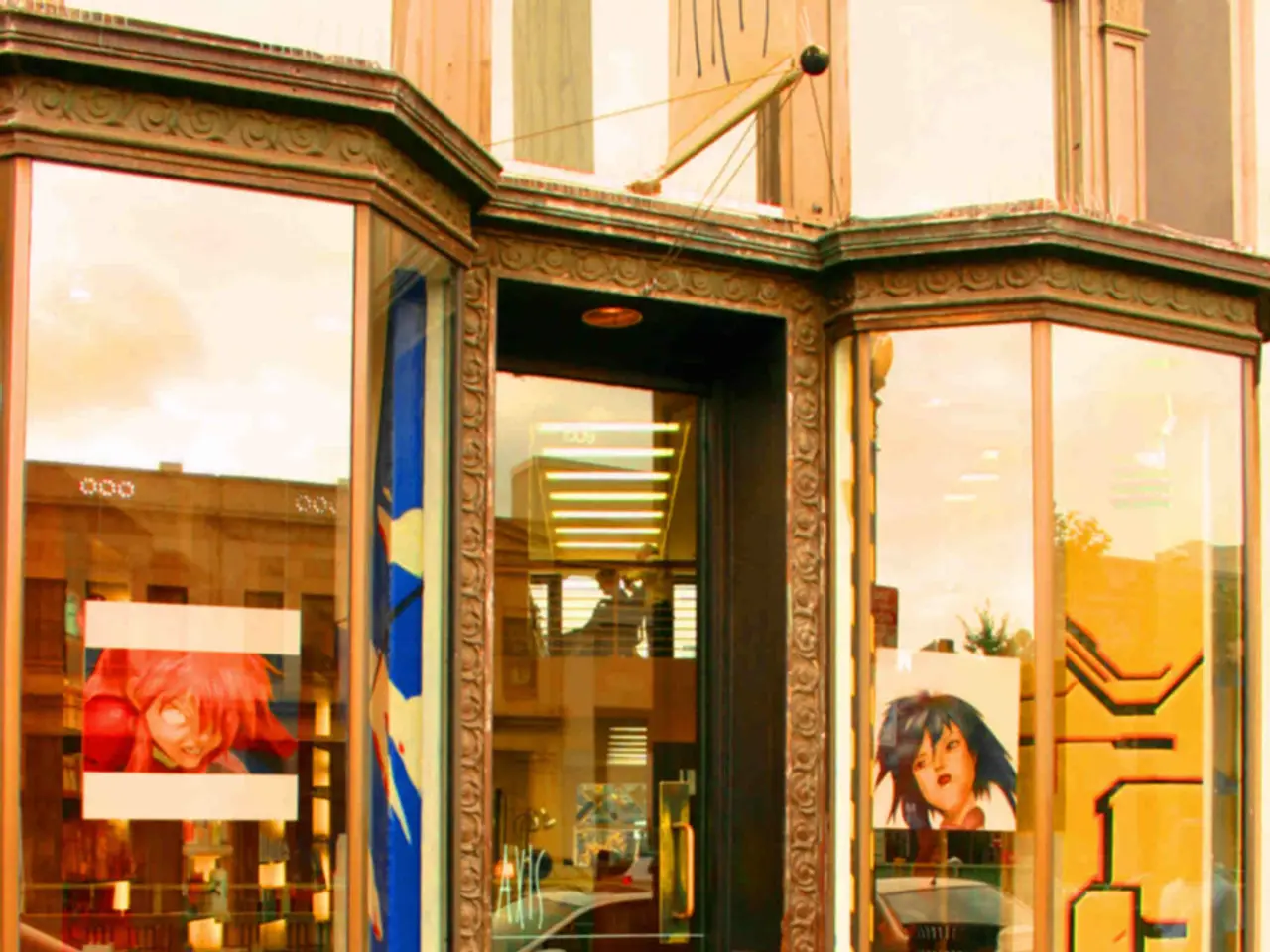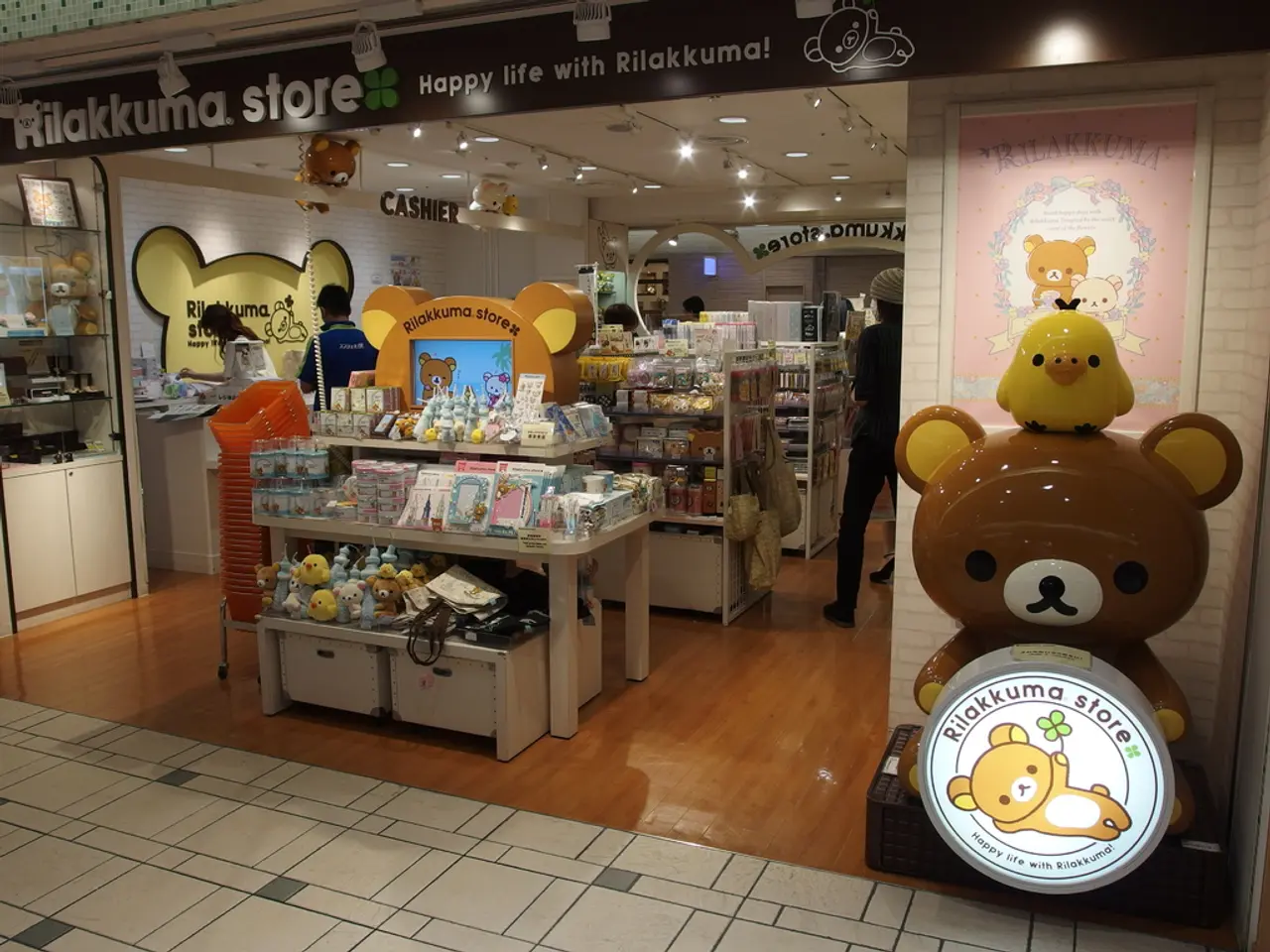Design Exhibitions of 2025 Embracing Curvaceous Shapes: A Resurgence of Rounded Designs
In the world of interior design, a new trend is taking centre stage - curved furniture and architecture. This shift towards softer, more organic shapes is a departure from the harsh lines and rigidity characteristic of minimalism, reflecting a broader movement towards "organic modernism."
The trend is gaining popularity because curved furniture introduces intimacy, comfort, and visual flow. Pieces like the Biboni sofa, described as a "warm embrace," and Patricia Urquiola's Pacific sofa, which "creates a sense of calm and containment," are perfect examples. Urquiola's Gogan sofa, inspired by river stones, features asymmetrical, weighty yet soft forms, balanced on subtly inclined volumes.
Asymmetric curves are becoming popular, as seen in Monica Armani's Chapeau table and Expormim's Mediterranean-inspired Meridies outdoor collection. This trend is not just a fad; it can be traced across eras and continents, with examples in Art Deco and 1970s furniture design.
Curved furniture softens angular rooms, serving as sculptural focal points and improving spatial flow in open or large areas. They make interiors feel more welcoming and harmonious. Rachel Reider, an interior designer, asserts that curved furniture can break up a space and add visual interest.
Moreover, organic modernism, as represented by the curved furniture trend, maintains some minimalist principles—such as uncluttered, purposeful spaces—but integrates gentle curves, mixed textures, and warmer, deeper colours for a "softer minimalism" that prioritizes livability, individuality, and a connection to nature.
This movement is part of a cultural pivot towards more intentional, restorative, and human-centered design. Architect Mark Lee states that these curves are anthropomorphic and speak to comfort and friendliness, not excess. The future of design may be fluid, but it's far from uncertain, and designers are needed to blend function with feeling, atmosphere, and empathy.
Curved furniture often pairs with tactile surfaces that invite comfort and slowness, such as stone and velvet. Olevia Nguyen, a senior designer at Laura U Design Collective, states that curved furniture is bending the rules and can be found in sofas, chairs, and beds.
Examples of curved furniture and architectural details include scalloped sofas, asymmetrical tables, bulbous lighting, and soft architectural details. Designers are channeling nature not just as inspiration but as an ethos, creating flowing forms that mimic water, wind, or the human body.
Kelly Wearstler's Zuma dining chair and Lorenza Bozzoli's Thumb armchair demonstrate how soft geometry meets statement form. Aline Asmar d'Amman, whose installation "The Power of Tenderness" was at Milan Design Week 2025, said that tenderness isn't a sign of weakness but a sign of strength.
The revival of softness in design is driven by a deeper desire for comfort, warmth, and connection in our built environments. Curved furniture and architectural details can be found at major design fairs such as High Point Market and Milan Design Week.
In summary, the rise of curved furniture in 2025 symbolizes a nuanced evolution in interior design: moving away from rigid minimalism towards organic modernism characterized by natural inspiration, warmth, sculptural yet functional forms, and a deeper focus on comfort and connection with the environment.
The news of organic modernism, which incorporates curved furniture, has become a trend in lifestyle and home-and-garden sectors, as seen in the shift towards softer, fluid shapes in interior design. Curved furniture, such as the Biboni sofa and Patricia Urquiola's Gogan sofa, is gaining popularity for its ability to introduce intimacy, visual flow, and a sense of calm in spaces, while breaking up monotony and adding visual interest.




